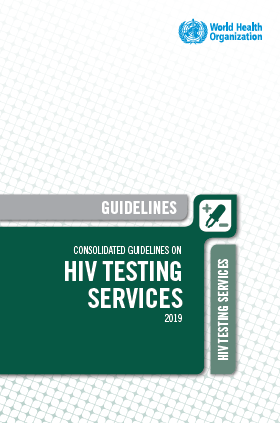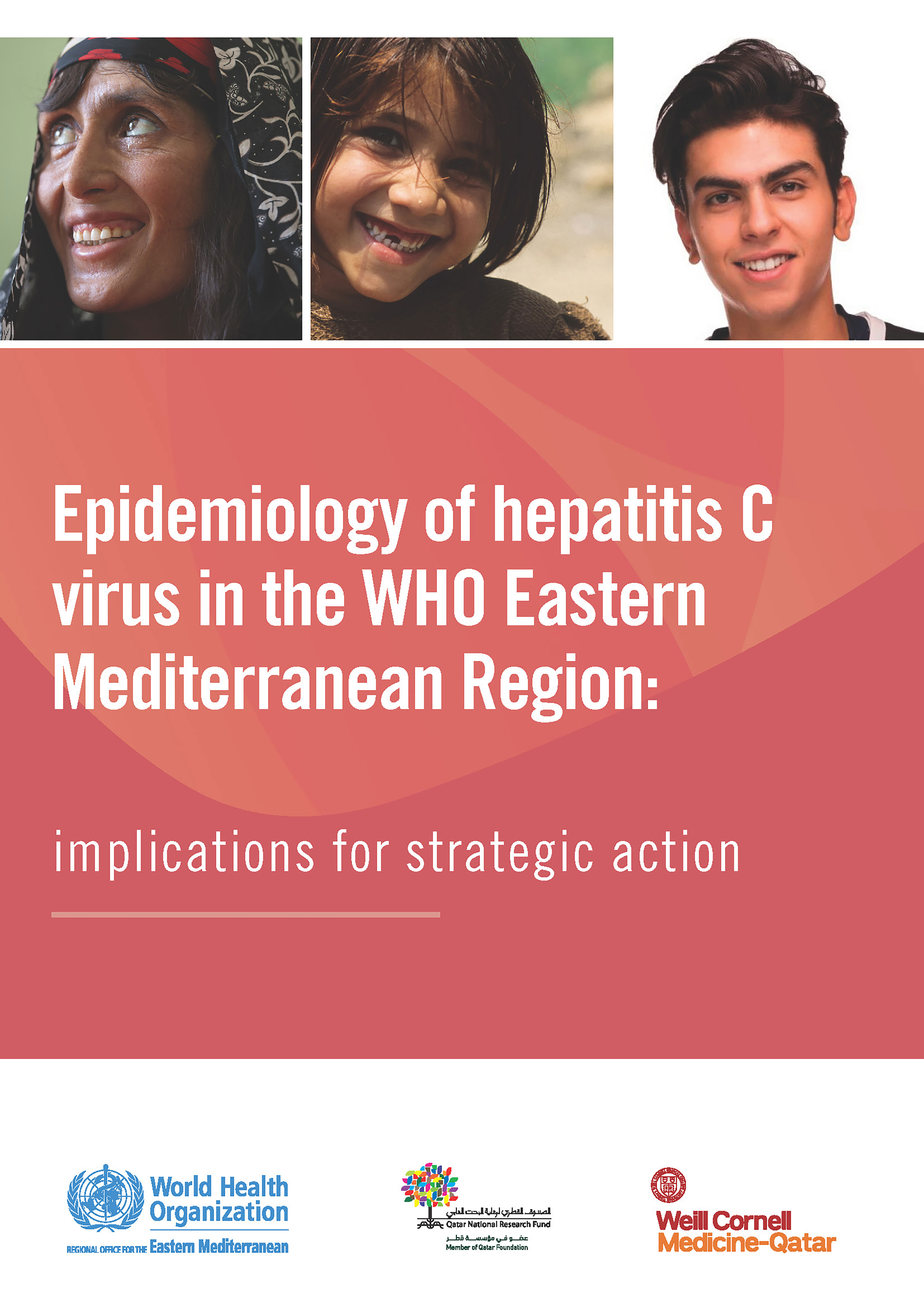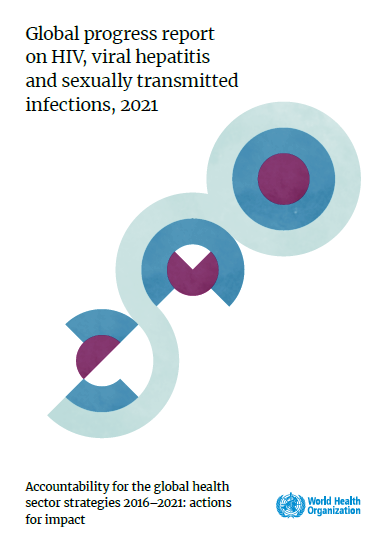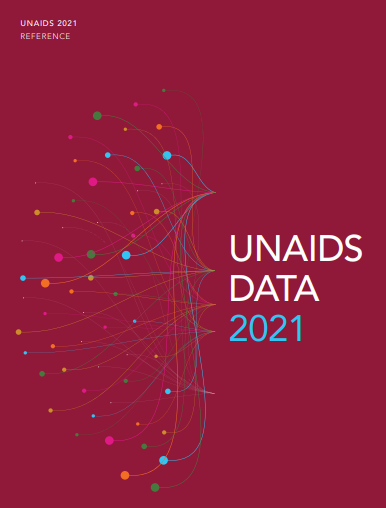 HIV surveillance in the WHO Eastern Mediterranean Region, regional update 2012The report on HIV surveillance in the Eastern Mediterranean Region presents the results of surveillance activities carried out in the countries of the Eastern Mediterranean Region of WHO between 2007 and 2012, the plans for the development of HIV surveillance in 2013–2017, and key strengths and weaknesses of, and obstacles to, HIV surveillance implementation.
HIV surveillance in the WHO Eastern Mediterranean Region, regional update 2012The report on HIV surveillance in the Eastern Mediterranean Region presents the results of surveillance activities carried out in the countries of the Eastern Mediterranean Region of WHO between 2007 and 2012, the plans for the development of HIV surveillance in 2013–2017, and key strengths and weaknesses of, and obstacles to, HIV surveillance implementation.
HIV epidemics in the countries of the Eastern Mediterranean Region are concentrated in the groups at the highest risk of HIV, namely, people who inject drugs, men who have sex with men and female sex workers. However, data from South Sudan, Djibouti and some parts of Somalia suggest generalized HIV epidemics.
The reported cases are predominantly male in most countries of the Region (67% of the cumulative total reported cases). This could be due to a) substantial HIV transmission occurring among men who have sex with men or within male injecting drug users’ networks; b) a higher proportion of female than male HIV cases remaining undetected and/or not reported; and c) men being tested more frequently than women.To date, countries of the Region reported 48 966 HIV cases and 274 AIDS deaths since the beginning of the epidemic. In 2011, countries reported 4273 HIV cases and 568 deaths.
In 2011, only six countries were able to report data on CD4 counts at the time of HIV diagnosis, and in four of these data were considerably incomplete. More than 50% of patients had CD4 counts.
The report concludes that several countries in the Region enhanced their HIV surveillance activities in recent years but that there is still a big need to improve the capacity of surveillance systems. The report recommends that baseline integrated bio behavioural surveillance surveys in key populations at increased risk of HIV should be conducted in countries that still lack this important data and that HIV testing should be offered by health care providers routinely to pregnant women, tuberculosis patients and patients with STI using an opt-out approach so that more people living with HIV will be diagnosed It points at technical capacity-building needs in particular in the areas of population size estimations; HIV data interpretation and use; and drug resistance prevention and assessment.
Table 1. Range of lowest and highest documented HIV prevalence values among key populations at increased risk of HIV and selected clinic populations in the countries of the Region (2007–2012)
|
Population group |
HIV prevalence (range) |
|
People who inject drugs |
0–87% |
|
Men who have sex with men |
0–16% |
|
Sex workers |
0–16% |
|
Pregnant women |
0–3.0% |
|
TB patients |
0–14.7% |
|
STI patients |
0–7% |
Related link
 HIV surveillance in the WHO Eastern Mediterranean Region, regional update 2012
HIV surveillance in the WHO Eastern Mediterranean Region, regional update 2012





 Consolidated guidelines on HIV testing services
Consolidated guidelines on HIV testing services Epidemiology of hepatitis C virus in the WHO Eastern Mediterranean Region: implications for strategic action
Epidemiology of hepatitis C virus in the WHO Eastern Mediterranean Region: implications for strategic action HIV test–treat–retain cascade analysis: Guide and tools 2017 Second edition
HIV test–treat–retain cascade analysis: Guide and tools 2017 Second edition
 Global progress report on HIV, viral hepatitis and sexually transmitted infections, 2021
Global progress report on HIV, viral hepatitis and sexually transmitted infections, 2021